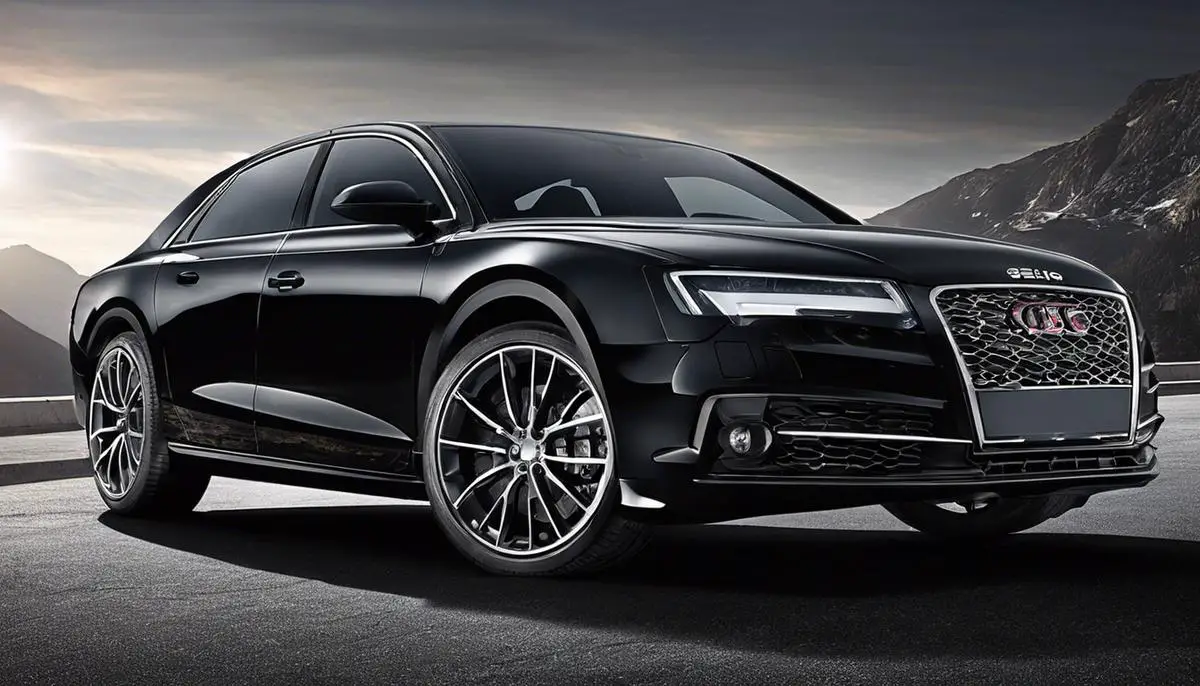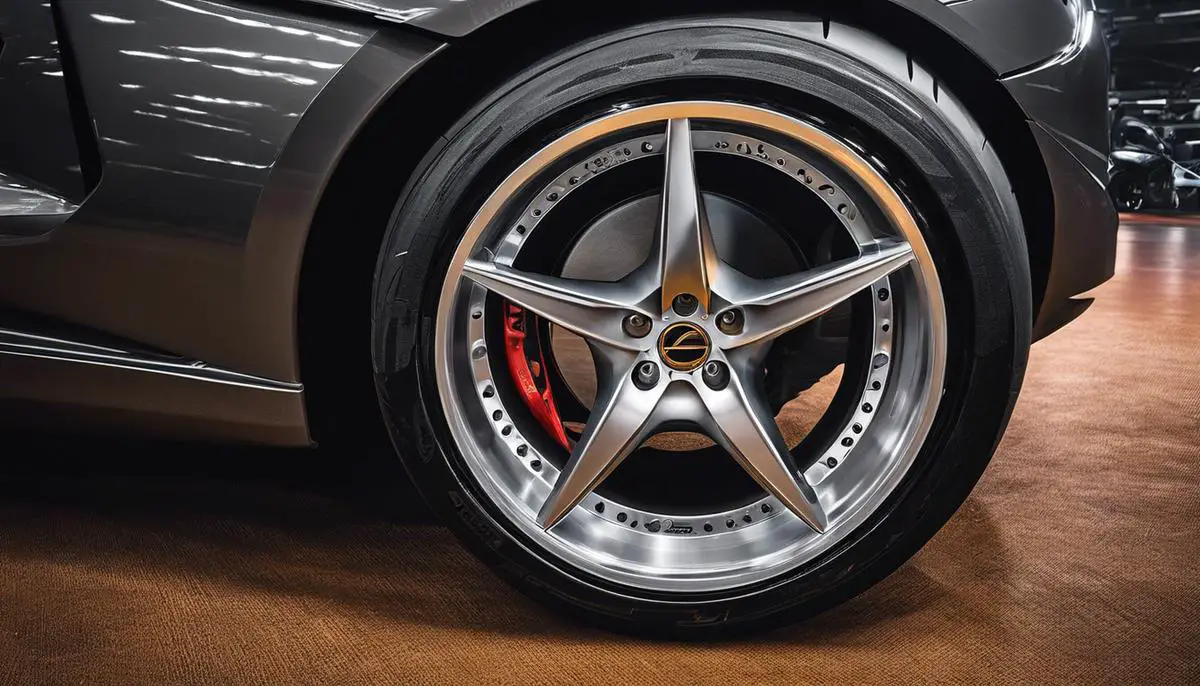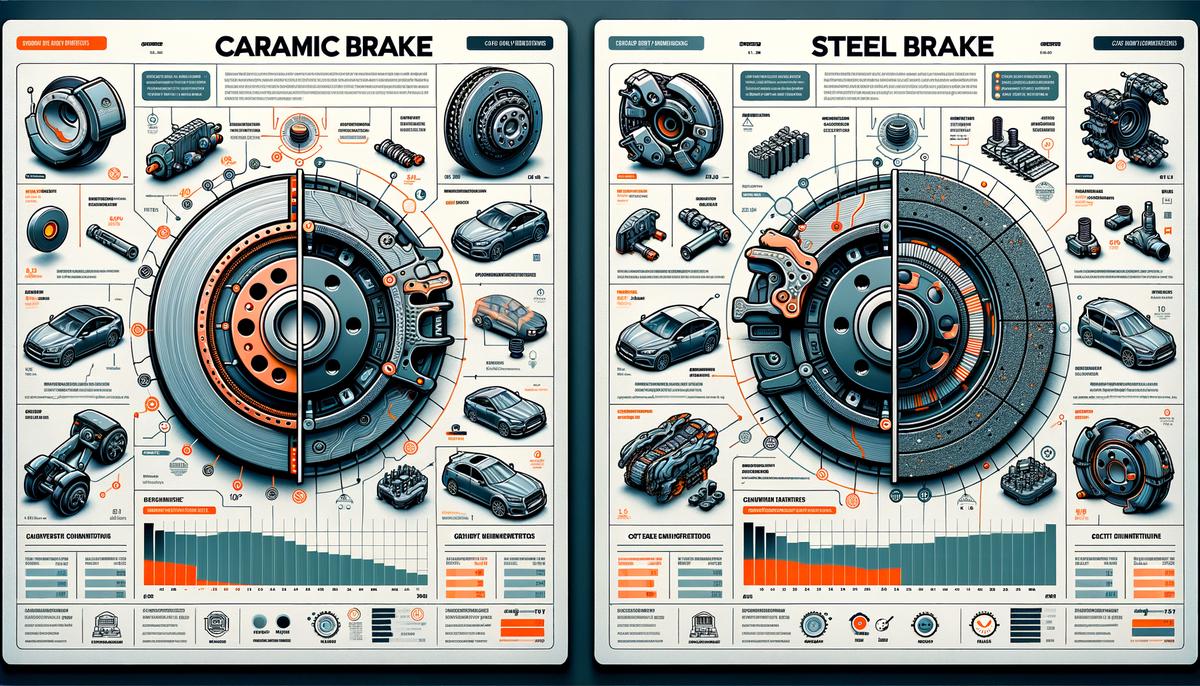As trends shape the automotive industry, a specific preference seems to be gaining traction – the use of alloy wheels over traditional steel wheels. But, what exactly fuelled this transition and why do vehicles’ owners today, prefer shiny and lightweight alloy wheels? Is it simply for the aesthetic appeal, or are there more concrete benefits at play? This discussion will elucidate the reasons, revealing how alloy wheels’ weight advantage contributes to a vehicle’s performance, how their aesthetic appeal influences customer choice, their superior strength and durability, and their heat dissipation qualities that improve the overall functionality of modern cars.
Contents
The Weight Advantage of Alloy Wheels
Alloy vs Steel Wheels: Exploring the Weight Difference
Admit it, we’ve all been there: standing as though before a Trojan choice, wondering whether alloy or steel wheels are going to give our beloved ride the performance we crave. The decision can be a bit of a tightrope walk, to say the least. Essential factors like durability, performance, and aesthetics come into play. Still, nothing beats the importance of ‘weight’—that big, visible variable that ignites charged discussions among car enthusiasts. Let’s go for a deep dive!
When opting for new wheels, the weight of the decision (pun intended) can be surprising. This critical component has a direct impact on a vehicle’s acceleration, braking, fuel efficiency, and overall handling. So, what sets the weight difference between alloy and steel rims apart?
In the blue corner, we have alloy wheels: light, nimble, and full of grace. These wheels are typically crafted from an alloy of aluminum or magnesium, materials known for their lightness when compared to their steel counterparts. This reduction in weight improves vehicle handling by decreasing unsprung mass, allowing a more direct connection between a vehicle and the terrain it so valiantly treads.
Due to their lighter nature, alloy wheels are more responsive to the driver’s commands and enhance the car’s grip on the road, steering precision, and cornering. But their standout feature is undeniably related to fuel economy. With alloys, your trusted steed won’t have to drink as deeply, thereby increasing your miles per gallon and reducing emissions—a certain crowd-pleaser!
On the other side of the weighing scale, we have the heavyweight champion, steel wheels. Crafted from an alloy of iron and carbon, they carry more weight around the ring—quite literally. However, their heft isn’t all doom and gloom, in fact, it’s a secret weapon! The added weight of steel wheels creates an increased amount of friction between the tire and the road surface, offering a more grounded feel during winter driving conditions. So, you can keep strolling down snow-ridden roads with the confidence of a true winter warrior!
Heavyweight also equates durability. Steel wheels are more resistant to impact damage than their alloy counterparts. One encounter with a pothole or a rogue curb can throw an alloy wheel out of balance, while a steel wheel in the same scrap might just shrug and carry on. If you’re navigating rugged terrains, the hardiness that comes with the steel wheel’s weight can be a godsend.
In the end, understanding the weight difference between alloy and steel wheels is a crucial part of wheel selection. Lighter alloy wheels favor performance, handling, and fuel economy, while heavier steel wheels shine brightly in durability and winter weather handling. Thus, the choice between the two will essentially boil down to personal preference—reflecting your lifestyle, driving habits, and aesthetics. Welcome to the exhilarating world of wheel wisdom!

Aesthetic Appeal of Alloy Wheels
Rolling Down the Road of Style: Alloy versus Steel Wheels
Undeniably, wheels act as the literal and metaphorical driving force of any vehicle. A striking part of your vehicle, they not only lend an all-important touch to the aesthetics, but also play a significant role in its performance. In this discussion on alloy versus steel wheels, we shall take a closer look at which one takes the crown for their visual appeal.
Though the preceding parts of this discourse have enlightened us on the pivotal role played by weight and material in wheel construction, there’s an undeniable passion ignited by the appearance of wheels. Soon as we cross the border into the realm of aesthetics, alloy wheels seem to take a step ahead. The innate versatility of alloy compositions allows them to be molded into diverse designs and finishes. This, in essence, transforms them into custom works of art. These are not just wheels, but metallic canvases, shaped by the creativity of engineers, designers, and metallurgists.
Polished, painted or machine-finished, alloy wheels steal the show when it comes to the visual allure. They also display an attractive sparkle. Plus, the lighter hues of alloy wheels make brake dust less visible, contributing to the neat and crisp appearance of your vehicle.
On the contrary, steel wheels, although sound in concept and performance as described earlier, lag behind in terms of aesthetics. Steel wheels are typically only available in fewer styles and finishes, mostly just silver or black. The designs tend to be more simplistic and lack the ‘bling’ factor seen in alloy wheels, resulting in a more utilitarian look. However, steel wheels do possess a kind of rugged charm, which may appeal to those who prefer a more austere aesthetic.
Additionally, steel wheels usually require wheel covers or ‘hubcaps’ to enhance their visual appeal. This might indeed further allow for customization, but it also means additional expenses, as these aren’t usually included in the wheel price.
Lastly, considering the visual impact on the entire vehicle, alloy wheels do add a touch of finesse. Their sleek designs often enhance the overall look of the car, lending it a sportier and more luxurious guise, while the steel wheels are traditionally associated more with toughness and functionality.
In conclusion, it is safe to say that while both kinds of wheels have their virtues, if the visual aspect is important to you, alloy wheels would probably be the way to go. Ultimately, when it comes to wheel selection, the choice will always remain as unique as the individual behind the wheel.
So let your wheels roll with your distinct style and ride on with pride!

Durability and Strength of Wheels
Tipping the scale towards the durability and strength aspect of wheels, this is where the crux of the debate resides. Notably, both alloy and steel wheels have their respective strong suits in terms of durability and strength.
Alloy wheels exhibit exceptional corrosion and rust resistance due to their materials – predominantly aluminum, and or magnesium. Besides, they possess superior tensile strength, allowing them to deform and return to their original shape without cracking under pressure. Also, the durability of alloy wheels is enhanced by their ability to dissipate heat more effectively. Over time, the repeated heating and cooling from braking can degrade wheel material. Thus, by effectively dissipating heat and reducing the risk of brake failure, alloy wheels prove to be enduring performers.
On the other hand, steel wheels are reputed for their sheer robustness. The composition of steel being the amalgamation of iron and carbon makes these wheels highly resilient. Moreover, they are constructed through a process that compresses metal into a thick, heavy duty structure that withstands off-road conditions and heavy loads exceptionally well. Steel wheels may bend under harsh conditions, but they generally don’t crack, making them impressively durable.
However, their strength also comes with a consequence. Weighing more than alloy wheels, steel counterparts are more challenging to accelerate and decelerate due to their higher rotational mass. They also put more strain on suspension and brakes, which can lead to faster wear-and-tear of these components.
When it comes to performance in terms of strength and durability, it isn’t a one-size-fits all scenario. The final decision hangs on specific conditions and requirements. Alloy wheels stand as the preferred option for those looking for wheels that confer resilience whilst maintaining aesthetic appeal. Conversely, steel wheels are inevitable winners for those seeking extreme durability and strength, especially when dealing with heavy-duty tasks.
While all these factors come into play, it’s essential to make an informed decision by seeking advice from reputable wheel specialists. Don’t forget, the wheels not only carry your vehicle but your most precious cargo- you and your loved ones. Your choice affects not only the appearance but more importantly, the safety of your vehicle. Therefore, it’s worthwhile to consider all factors and choose wisely – after all, it is an investment that rolls!

Heat Dissipation Qualities of Wheels
Let’s delve into the fascinating aspect of heat dissipation of alloy wheels and how it provides them an edge over steel wheels. Heat dissipation, as automotive enthusiasts would know, is a critical factor when it comes to wheel performance. It’s the martial arts of alloys, the ability to distribute and shed off heat that can make all the difference in a car’s performance.
When those tires start to spin, things start to heat up. From braking systems to individual tire parts, the generated heat needs somewhere to go. And that’s where the superior heat conduction properties of aluminum and magnesium, the elements of alloy wheels, come to play. Compared to steel, these materials are more efficient in conducting and dissipating heat, thus improving a car’s braking performance and reducing the risk of brake failure due to overheating.
Wheels, to some extent, work in the same way our bodies do when it comes to cooling off. Think of PM workouts under the sun. Your body sweats to keep your body temperature from skyrocketing, right? Alloy wheels do something similar. Lower heat-retention properties and better heat dissipation characteristics ensure alloy wheels do not accumulate and retain extreme heat, providing better temperature balance during operation.
When brakes are repeatedly activated, they transform kinetic energy into heat. If this heat isn’t managed properly, brakes can fail, which is a nightmare every driver wants to avoid! Alloy wheels effectively absorb the heat, distribute it evenly across the wheel surface, and dissipate it into the atmosphere, reducing chances of brake fade, and enhancing your car’s overall safety.
On the other hand, steel wheels, despite being robust and durable, fall behind in the heat management department due to their lower thermal conductivity. So, those frequent stop-and-go situations especially in city driving? They can cause steel wheels to retain more heat, negatively affecting brake performance.
Alloy wheels also have another unique advantage regarding heat management – their design. Many alloy wheels have intricate and open designs, allowing for more air flow around the brake components, again assisting with managing heat levels and improving brake efficiency. Whereas steel wheels usually have a more closed design, resulting in less airflow, inhibiting effective heat dissipation.
Well, that’s a wrap on the thermal wonder of alloy wheels! Remember every decision about wheels is more profound than aesthetics. It’s about handling, safety and efficiency too! Dive deep, do your research, and make wheel choices that amplify your car’s performance. Consider your parameters, consult experts, and let your car thank you for a well-made decision! Choosing between alloy and steel wheels, after all, isn’t just a decision, it’s an investment in your driving experience.

Undeniably, the transition from steel to alloy wheels is a notable evolution in the automotive industry. From enhancing the overall performance of vehicles to making a stylish statement, it’s clear how alloy wheels are remodeling the driving experience. More than just attractive, their lighter weight enhances fuel efficiency and improves braking and acceleration. Alloy wheels also present a variety of design options, add to the vehicle’s lifespan owing to their strength, and protect against brake failure due to their superior heat dissipation abilities. Together, these factors make alloy wheels the preferred choice in modern cars, promising a future where both aesthetics and performance go hand in hand.



